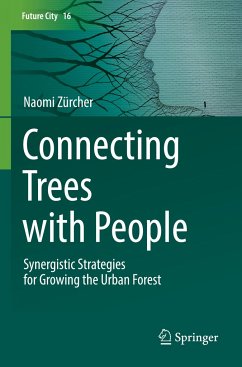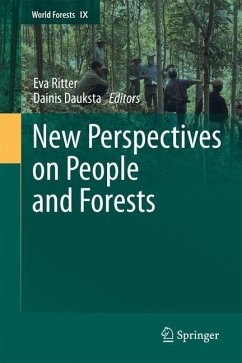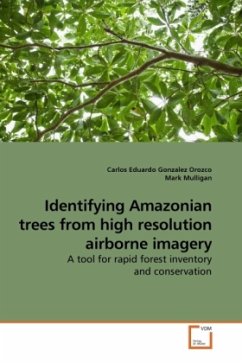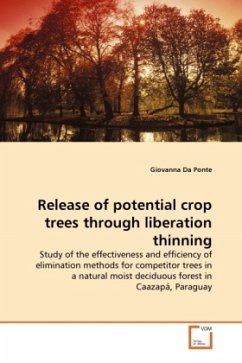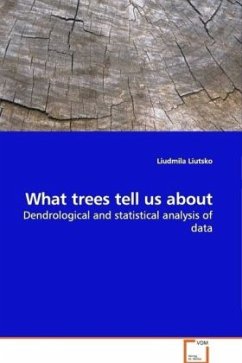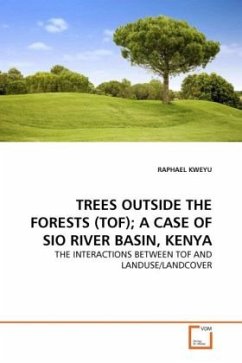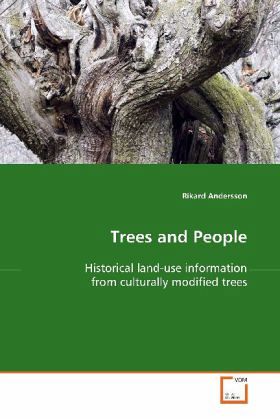
Trees and People
Historical land-use information from culturally modified trees
Versandkostenfrei!
Versandfertig in 6-10 Tagen
32,99 €
inkl. MwSt.

PAYBACK Punkte
16 °P sammeln!
In a global perspective, the human impact on forest ecosystems varies greatly in type, frequency and magnitude. Knowledge of the history of forest use is crucial for understanding the development of forests, which in turn helps to understand how societies react to forest development. Culturally modified trees (CMTs) are features that can be dated precisely, and they bear witness to unique events of human activity. CMTs are traces from historical uses of forest resources that reflect the activities of local communities and extend far back in time, and therefore offer information not usually ava...
In a global perspective, the human impact on forest
ecosystems varies greatly in type, frequency and
magnitude. Knowledge of the history of forest use is
crucial for understanding the development of
forests, which in turn helps to understand how
societies react to forest development. Culturally
modified trees (CMTs) are features that can be dated
precisely, and they bear witness to unique events of
human activity. CMTs are traces from historical uses
of forest resources that reflect the activities of
local communities and extend far back in time, and
therefore offer information not usually available
from other sources. CMTs have high potential for
assessing human activity and possibly human impacts
on forest ecosystems, particularly those concerning
local indigenous uses. Periods of increased activity
in a certain area are reflected in peaks in the
distribution of CMT dates. These also show the time
period and speed of abandonment of a traditional
forest use in a landscape. CMTs contradict the idea
of pristine forests but symbolize the traditional
view that people are part of nature rather than
separate from it.
ecosystems varies greatly in type, frequency and
magnitude. Knowledge of the history of forest use is
crucial for understanding the development of
forests, which in turn helps to understand how
societies react to forest development. Culturally
modified trees (CMTs) are features that can be dated
precisely, and they bear witness to unique events of
human activity. CMTs are traces from historical uses
of forest resources that reflect the activities of
local communities and extend far back in time, and
therefore offer information not usually available
from other sources. CMTs have high potential for
assessing human activity and possibly human impacts
on forest ecosystems, particularly those concerning
local indigenous uses. Periods of increased activity
in a certain area are reflected in peaks in the
distribution of CMT dates. These also show the time
period and speed of abandonment of a traditional
forest use in a landscape. CMTs contradict the idea
of pristine forests but symbolize the traditional
view that people are part of nature rather than
separate from it.



